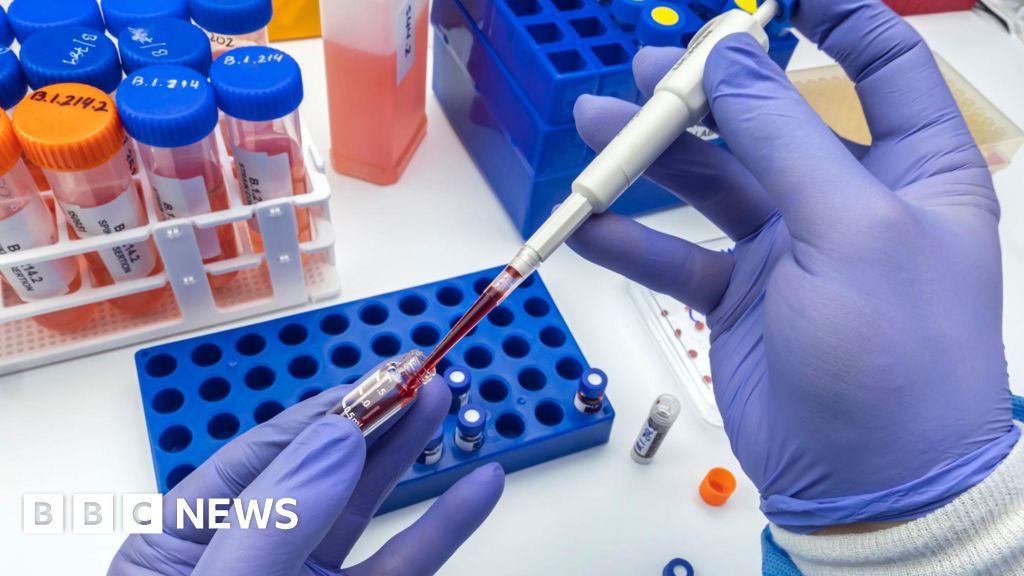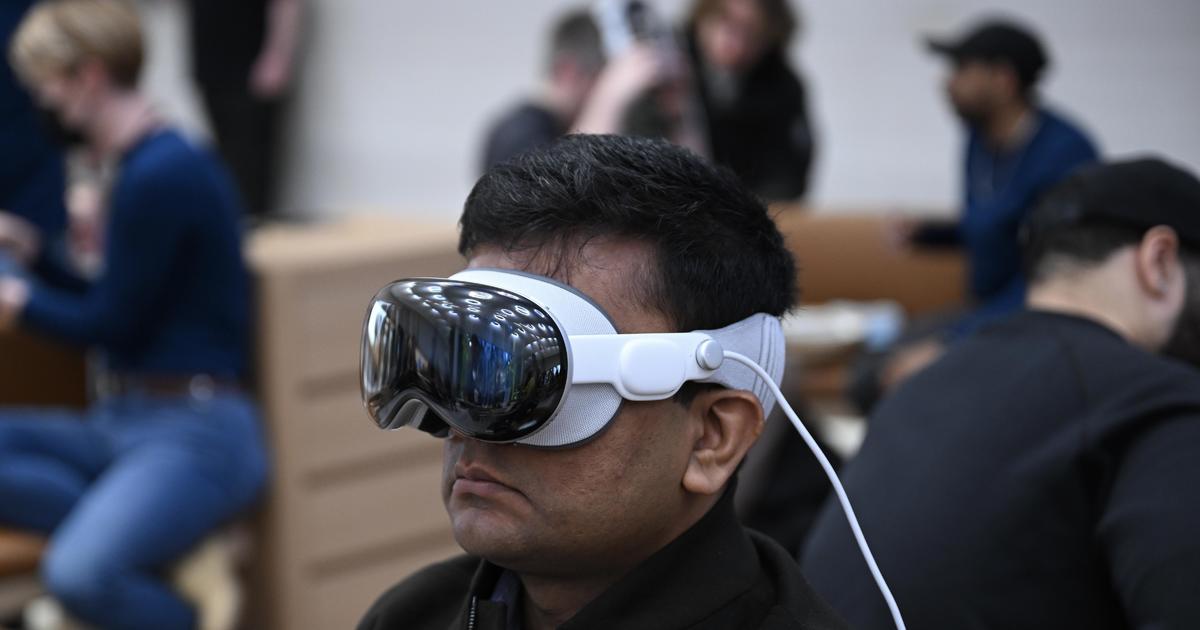Last Updated:
According to the World Health Organization, the global prevalence of Parkinson’s disease has more than doubled from 2.5 million in 1990 to 6.1 million in 2016
As technology advances, DBS can be refined to meet the needs of individual patients, improving outcomes and quality of life
Parkinson’s disease has long been recognized as a progressive neurodegenerative disorder, primarily affecting motor function. This debilitating condition, characterized by tremors, stiffness, and difficulty with movement, affects millions of people worldwide. In recent years, the incidence of Parkinson’s disease has been increasing at an alarming rate, prompting experts to investigate the underlying causes behind this surge.
Current research indicates that the prevalence of Parkinson’s disease increases dramatically with age, especially in people 65 years and older. Neurology Live has shed light on some of these trends where the data shows a consistent rise in Parkinson’s disease cases within the age brackets of 65-74 years and 75-84 years across various study samples. Dr. Jaslovleen Kaur, Movement Disorder Specialist, Paras Healthcare, Panchkula shares all you need to know:
Parkinson’s disease is the second most common neurodegenerative disorder after Alzheimer’s disease. According to the World Health Organization, the global prevalence of Parkinson’s disease has more than doubled from 2.5 million in 1990 to 6.1 million in 2016. Moreover, projections indicate that this number is expected to reach 12.9 million by 2040.
Key Drivers of the rise in Parkinson’s cases
The increasing prevalence of Parkinson’s disease not only poses a significant challenge to healthcare systems but also has a profound impact on the quality of life of affected individuals and their families. Therefore, understanding the risk factors is important to manage the disease progression.
One of the primary reasons for the increasing incidence of Parkinson’s disease is the growing aging population worldwide. As life expectancy continues to rise, the risk of developing age-related neurodegenerative disorders, including Parkinson’s, also increases. With the global population of individuals aged 60 and above expected to reach 2 billion by 2050, the burden of Parkinson’s disease is likely to escalate further.
Another risk factor is the exposure to certain environmental toxins and pollutants that has been linked to an increased risk of Parkinson’s disease. Pesticides, herbicides, and heavy metals, such as manganese and lead, have been implicated in the development of the disorder. As industrialization and urbanization continue to expand, the exposure to these environmental risk factors is becoming more widespread, potentially contributing to the rising incidence of Parkinson’s.
While the majority of Parkinson’s cases are sporadic, meaning they occur without a clear genetic cause, recent research has identified several genetic mutations that can increase an individual’s risk of developing the disease. Mutations in genes such as SNCA, LRRK2, and GBA have been associated with familial forms of Parkinson’s. As genetic testing becomes more accessible and affordable, the identification of individuals with a genetic predisposition to Parkinson’s may contribute to the apparent increase in cases.
How can Parkinson’s be managed?
As the incidence of Parkinson’s disease increases, so does interest in its management through deep brain stimulation, generally known as DBS, a neurological procedure that entails the implantation of electrodes in particular areas of the brain. As reported by Neurology Live, DBS is not merely a therapy but a paradigm shifts in management of Parkinson’s disease.
As technology advances, DBS can be refined to meet the needs of individual patients, improving outcomes and quality of life. The procedure has proven effective in reducing tremors and rigidity, allowing patients to achieve some level of independence in daily activities. However, DBS is just a part of the overall therapeutic spectrum; there are other treatments to manage the symptoms of the disease, like medications, physical therapy, occupational therapy, and lifestyle changes etc. The optimal treatment is suggested basis the patient’s condition by the neurologist, therefore timely diagnosis is essential.
Disclaimer – Issued in public interest and for educational purposes only. The content of this article is not meant to provide medical or clinical advice. Please consult your doctor for more information.















































